Are you ready for whitewater?
Here at Paddle and Portage Canoes, we see a wide range of enthusiastic paddlers in a range of different disciplines. We love to see the passion that our customers have for the sport and the thirst for knowledge and connection with the outdoors through the medium of canoeing.
Recently, as we have started our hire, tour and training company, Valley Outdoors we have started to see even more paddlers with a diverse range of skills and abilities looking to get out on the water. With this increase in traffic, we’ve also noticed a lot of interest in moving water and paddling rapids.
As we speak to more and more people it’s become very clear that many have a very relaxed approach to moving water and a lack of understanding of the power it possesses. In recent months, we’ve also seen the effects that this lack of appreciation can have when paddling, including: Finding multiple pinned canoes left behind after floods, hearing stories of boats capsizing and needing to be abandoned in the flow, and receiving reports of some scary near-misses with people getting pinned or experiencing a foot entrapment due to a moving water capsize. With this in mind, we’d like to ask you the question: Have you prepared yourself enough to start your whitewater journey?
The Power of Water

Australians have a very strong connection to the ocean, especially along the coast, with a lot of great programs available to teach people about the dangers of the ocean and how to manage yourself in them. This has led to a high level of collective awareness amongst the public, with many being competent and confident swimmers in both the ocean and in pools. However, you may be surprised to learn that the majority of annual drowning deaths in Australia are white males between the ages of 25-45 years old on inland, fresh water rivers. This is likely due to a lack of understanding of moving water rivers, their features, and the power of relentlessly flowing water.
When people look at a river, they often see speed, water and fun. However, with a small amount of additional knowledge, some major hazards can be recognised and avoided which empowers both swimmers and paddlers with the ability to make informed decisions around water safety.
One of the things that surprises people the most is learning about the power of moving water and the forces that it applies to objects. Even a shallow river can apply an amazing level of force if the flow is fast enough. Here is a table explaining the force created in water of varying speeds:
|
Current Velocity |
Force on legs |
Force on body |
Force on Swamped Boat |
|
3 km/h |
7.6 kg |
15.3 kg |
76.2 kg |
|
6 km/h |
30.5 kg |
60.8 kg |
305 kg |
|
9 km/h |
69 kg |
137 kg |
686 kg |
|
12 km/h |
122 kg |
244 kg |
1219 kg |
- 1 cubic metre of water weighs 1000 kg
Looking at these figures, one can see just how quickly a canoe can come to grief if in the wrong place on moving water. This is especially relevant when considering the size of some boats (the more surface area, the more force is applied). The question is now, how do we reduce the risks?

How do I Prepare Myself for Whitewater?
The short answer to this question is education. Understanding what features are present on each section of the river and how to identify/approach/deal with them is essential when paddling, swimming, or interacting with moving water. Having an understanding of which features are dangerous, which are safe, what to expect, and how to rescue yourself if you get caught out is essential. Another important consideration is having the equipment to keep you safe, as well as rescue-trained members of your party who can respond effectively if anyone gets into trouble.
Some of this equipment includes, but is not limited to:
- Whitewater helmet
- Suitable whitewater grade lifejacket
- Good river shoes with proper soles and good sticky rubber
- Dry top/suit or other insulation if you are paddling in colder water
- A whitewater pin kit (for recovery) including:
- Pulleys
- Carabiners
- Prussiks
- Rated climbing tape/webbing for creating an anchor
- Rated throw bag with floating rope
- Spare paddle to account for breakages or losing a paddle in the flow of the river
The common mistake a lot of people make is thinking that they won’t capsize in rapids. The reality is that even experienced paddlers make mistakes as they push their skills in moving water or encounter submerged objects. This has led to the common phrase: “We’re all between swims” amongst members of the whitewater paddling community. It’s an acknowledgement of the sheer power of the river and a reminder that we’re at its mercy every time we enter. Every section of river is different but also can experience changes with every flood event, with rocks and obstacles moving, changing, and sometimes disappearing entirely!
What Now?
The next thing you might ask is “How do I learn all this information?” Below are some places that we recommend for you to kickstart your education and get some time on the water with the guidance of experienced instructors:
Nationally
NSW
- Paddle NSW
- River Canoe Club
- Journey Outdoors in Nature (J.O.I.N.)
- Western Sydney Whitewater Club
- Valley Outdoors
- Exodus Adventures
Tasmania
Victoria
Western Australia
ACT
If you don’t see anything on the list for your state or area we suggest looking up Whitewater awareness or paddling courses in your state. If it is not on the list we have just not had interactions with anyone in that area.
Some Final Notes
We would like to let people know that the purpose of this article is not to create fear of whitewater. Our goal is to educate in order to foster a healthy respect. This will hopefully lead to a wider awareness of the risks involved with moving water, causing people to seek education and prepare themselves when journeying on water!
Whitewater paddling can be hugely fun and challenging for all. When done safely and with others, it can be a fantastic way to connect with the river, the outdoors, with others and with your canoe!


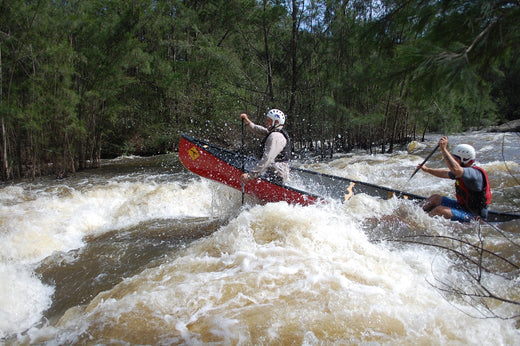
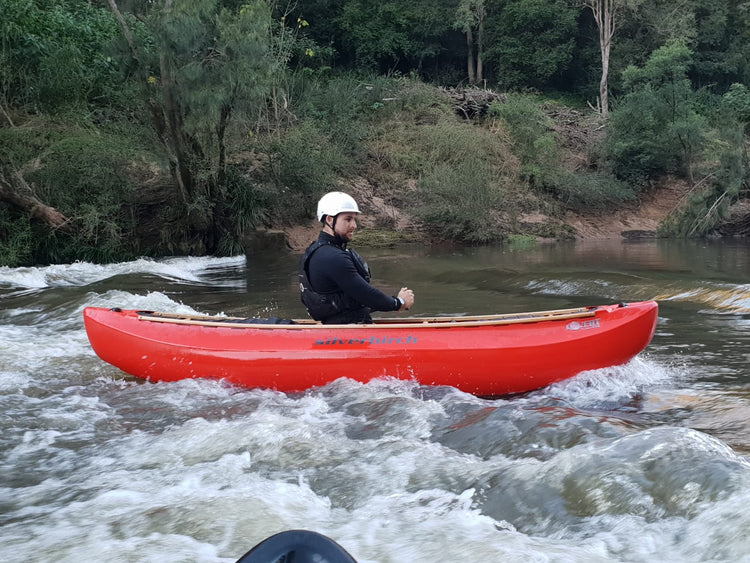
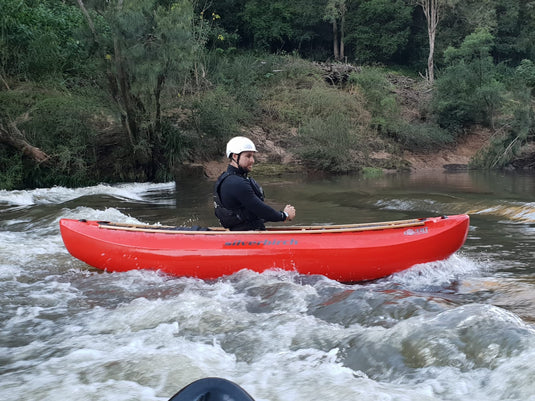
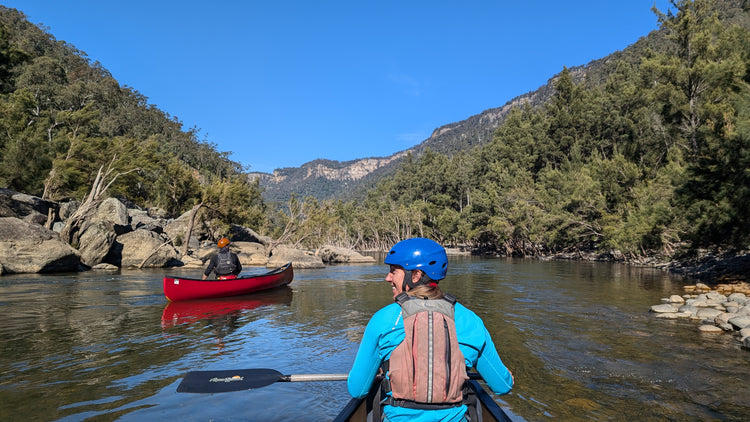
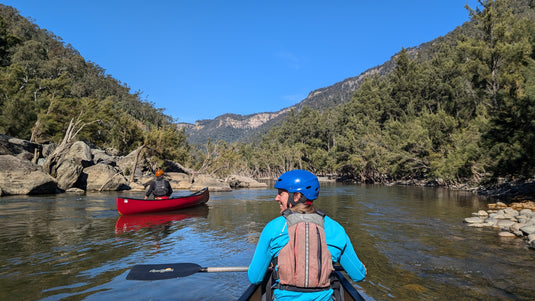
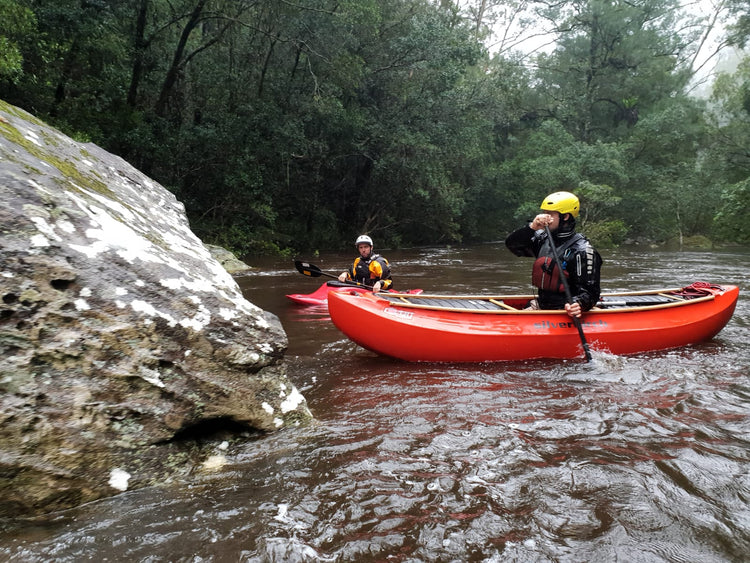
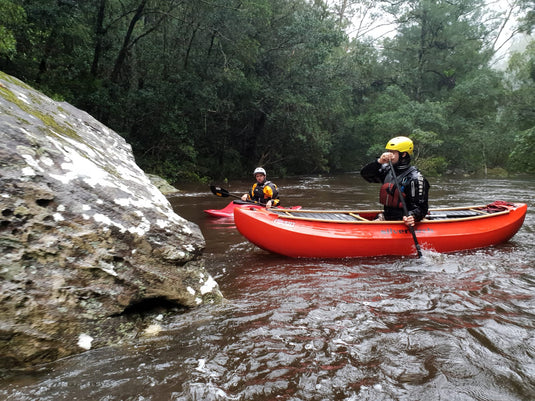
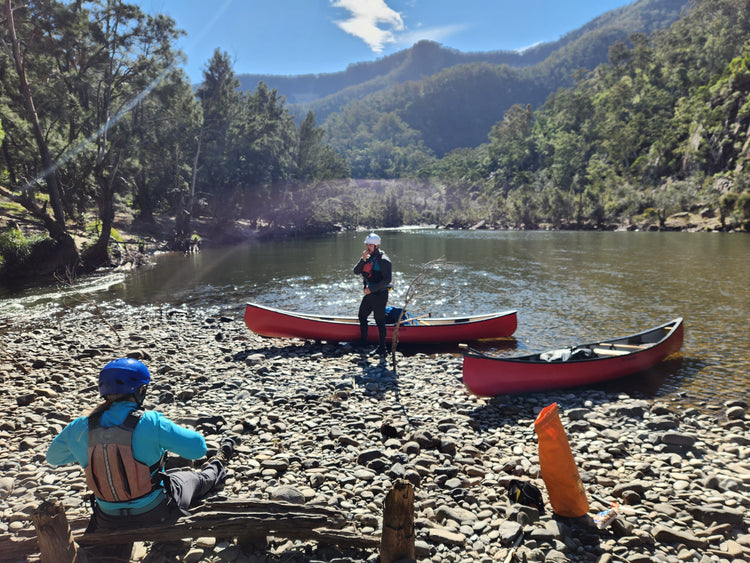
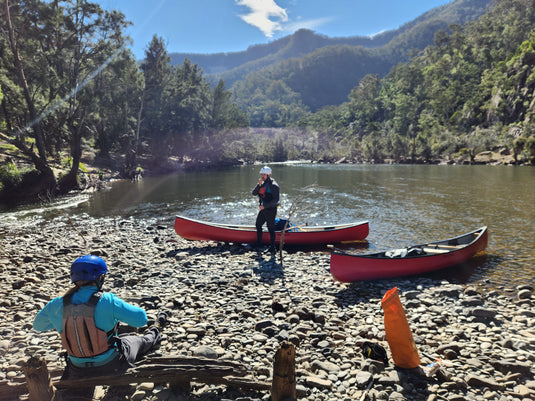
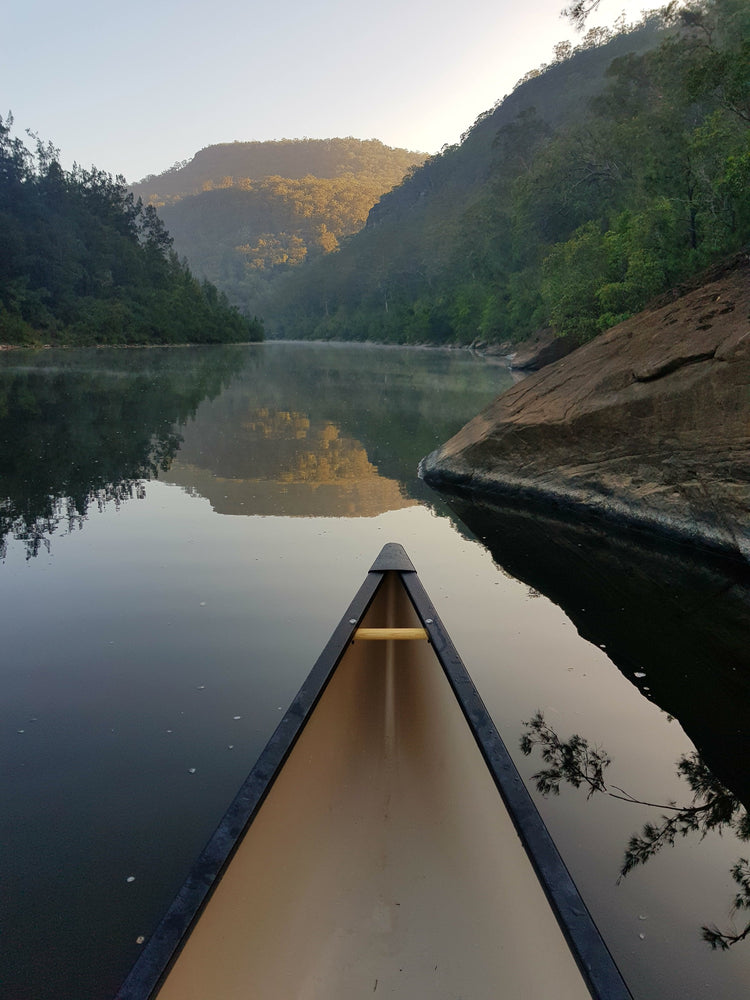
Great blog guys. Some good info for everyone.